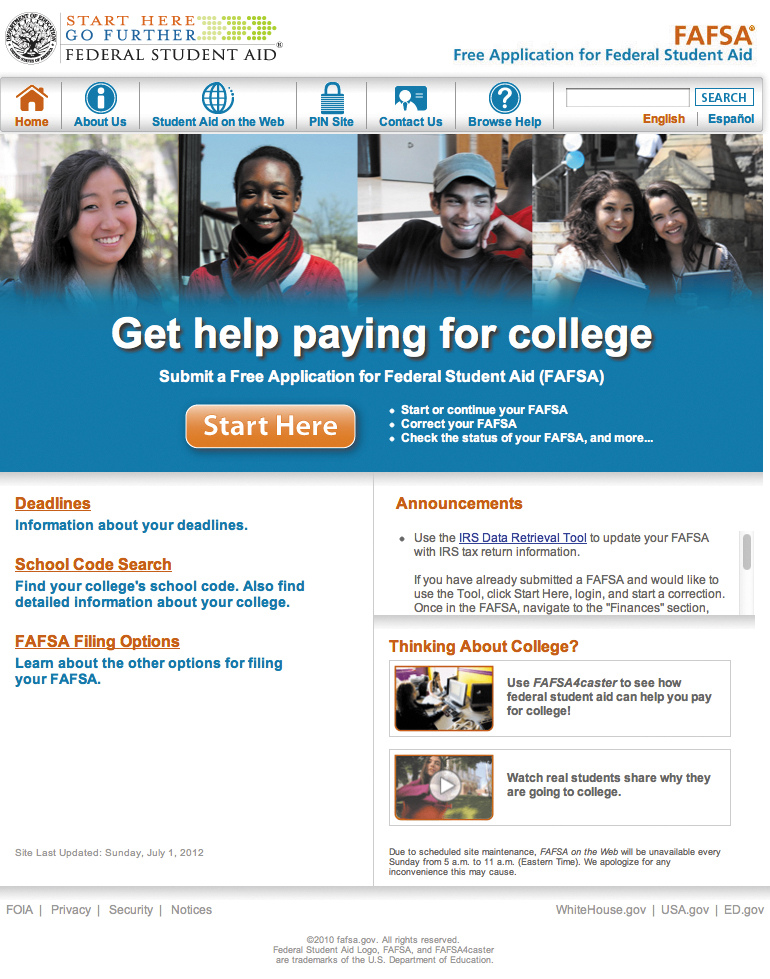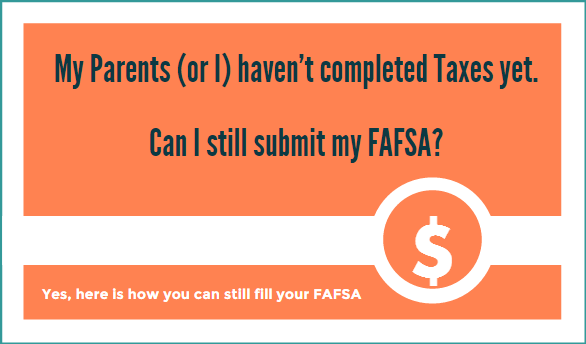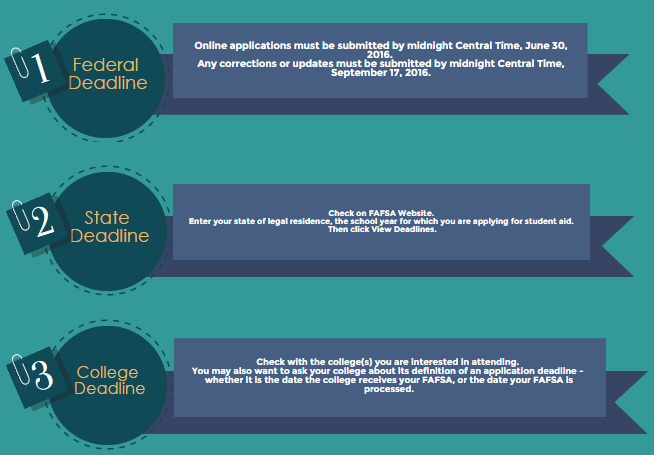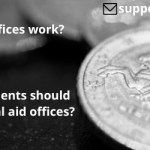The Complete Guide To Filling FAFSA
The Free Application for Federal Student Aid (FAFSA) is an application that is filled annually by current and potential college students, whether graduate or undergraduate. It is a path to determine their eligibility for student financial aid. It is an aid to help students in the financial terms for their higher studies, making college affordable.
Here is a complete guidance about FAFSA and filing it the right way.
Where do I find FAFSA?

The FAFSA is available online on the student aid website. It is available only for undergraduate and graduate students in the United States. One can fill, submit and track the student aid application online itself. The FAFSA allows students to apply for federal student aid in terms of grants, work-study and loans.
Who are eligible for FAFSA?
A student can fit in at least one of the criteria of the FAFSA. A student who is fulfilling the following criteria can go ahead for this:-
- The student should be a U.S citizen, a U.S national or an eligible non-citizen
- Should have a valid social security number
- Has a high school diploma or GED
- Has registered with the Selective Service System between the ages of 18 and 25, if required to do so
- Maintains at least a C average minimum GPA for federal student aid or a higher minimum aid set by the school for institutional aid eligibility
- Has not been found guilty or caught of the usage or sale of drugs while the federal aid was being received.
- He should sign the certification stating that-
- The student federal aid will be used only for educational purposes
- Not in default on a federal student loan and should not owe money on a federal student grant
The students who are military veterans can also apply for financial aid. This can be done by filling a FAFSA even if they have applied for education and housing benefits offered by the Post-9/11 G.I Bill too, and its accompanying Yellow Ribbon Program.
Student Aid and Fiscal Responsibility Act (SAFRA) of 2010 has made some changes in the criteria of for suspension of eligibility for offenses related to drugs. Before these changes, a student could lose eligibility for either the possession or sale of a controlled substance, around the time of applying and enrollment for FAFSA. SAFRA dropped the penalties for possession of a controlled substance but retained the penalties for use or sale of drugs. SAFRA increases the suspension of two years for a first attempt of offense and indefinite suspension for a second one.
What things should I ensure before applying for Federal Aid?
- Complete your income tax return.
It is not important to fill your income tax return before filling the FAFSA, but it will be better if you do so. If your college has an early financial application deadline, then it may be required to complete FAFSA before your income tax return is ready.

- Create an FSA ID
Set up your account by creating a user ID and password when you’ll be beginning FAFSA online. These will be your online identity for all federal student aid programs. Your email address and password will be required in the information.
![]()
January 1 is the first day to file the FAFSA. To fill the application as close to the day of opening, i.e. January 1. College, private or state aids may occur much earlier than federal deadlines. You can save time and effort if you qualify to use the IRS Data Retrival Tool, which transfers your income tax data directly from the IRS to your online FAFSA.

Also make sure you know the correct deadlines for filling FAFSA. All online applications must be submitted by midnight, June 30th 2016 (CST). However, each state and each college also has their independent deadline for submission of financial aid form. Make sure to find out the respective deadlines of your state of legal residence as well as the college that you are interested in attending. Also clarify whether the college deadline for FAFSA is the date the college receives your FAFSA or the date your FAFSA is processed.

Actions taken after you apply for Federal Financial Aid
- The Student Aid Report (SAR)
After analyzing the information provided by you, you will be receiving a SAR that contains the data you have provided on the FAFSA. The U.S Department of Education will send this form to you either on mail or by post.
It is important to review the SAR for errors carefully and follow directions for making and submitting corrections. Keep a copy of the SAR for your own records.
- Expected Family Contribution (EFC)
This is a rough estimate of your family’s financial strength. It is sent to your state scholarship agency along with the colleges where you wish to take admission and listed on the FAFSA. They use this information to determine your financial aid award.
Types of financial aid provided
It is important to know the aids which are provided to you, and where do you fit in the categories. Out of various types of financial aids, the following are the most common types of aids students are offered by completing the FAFSA:-
- Pell Grant
A grant of $5,775 ( as of the 2015-16 award year) for students with low expected family contribution.
- Stafford Loan
As of july 1, any Federal District unsubsidized loan also has a fixed interest rate of 4.29% and the interest is paid by the government while the student is enrolled at least half of the time. The federal direct unsubscribed loan also has a fixed interest rate of 4.29% and accumulates onto the outstanding balance.
- Federal Perkins loan
A loan that is quite similar to the Stafford loan, Federal Perkins loan is granted by the schools itself that are Title-iv eligible. The interest rate of this loan is 5%.
- The Federal Work Study Program
Students can get part time work under this program upto a certain amount. In most cases, the federal government pays half of a student’s wage and the school pays the other half.
Queries or doubts can be clarified on the web or federal financial aid for students in general. One can contact on the following numbers:-
Federal Student Aid Information Center (FSAIC)
Skype- 800-4-FED-AID (433-3243) free /TTY800-730-8913

